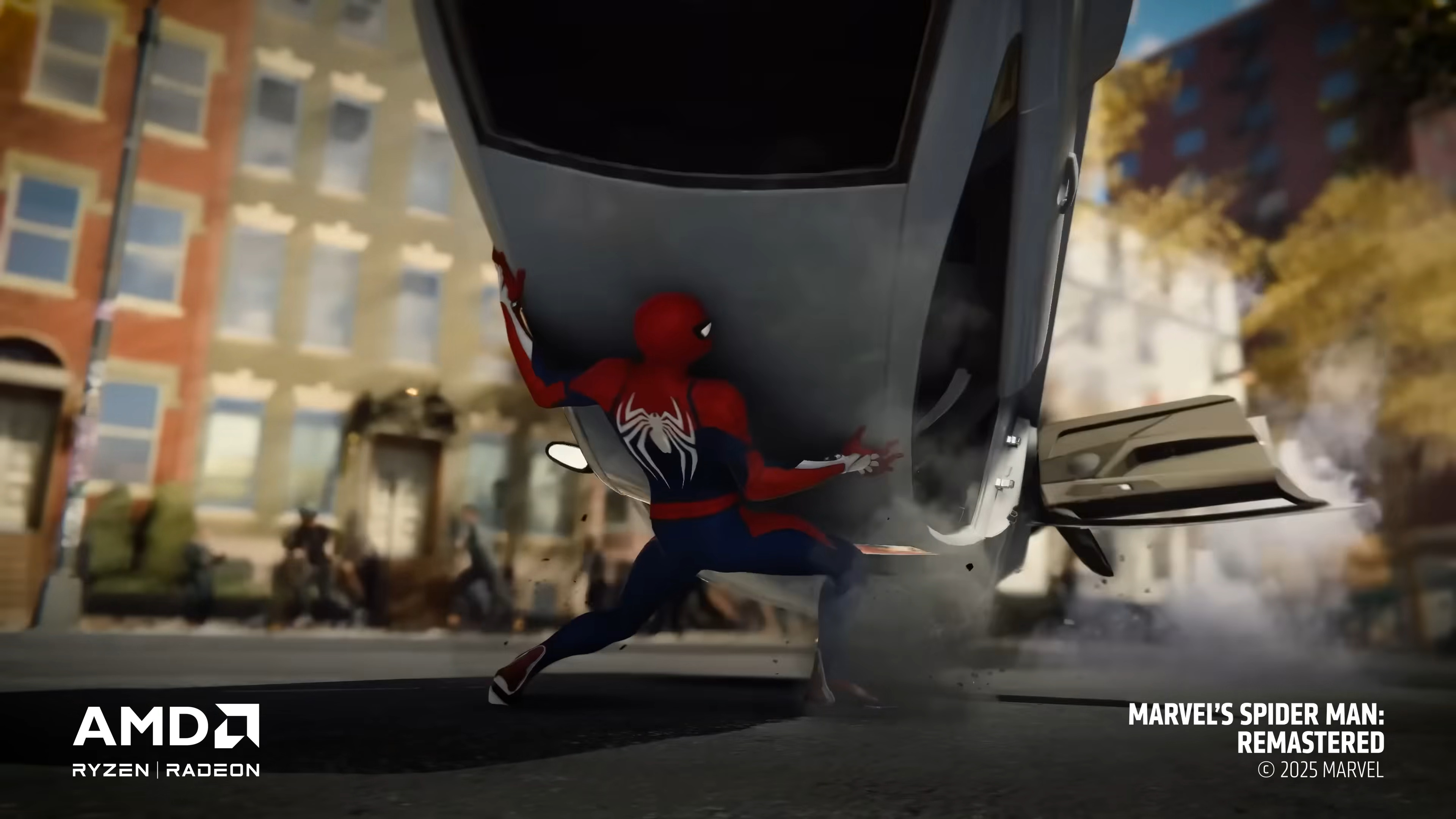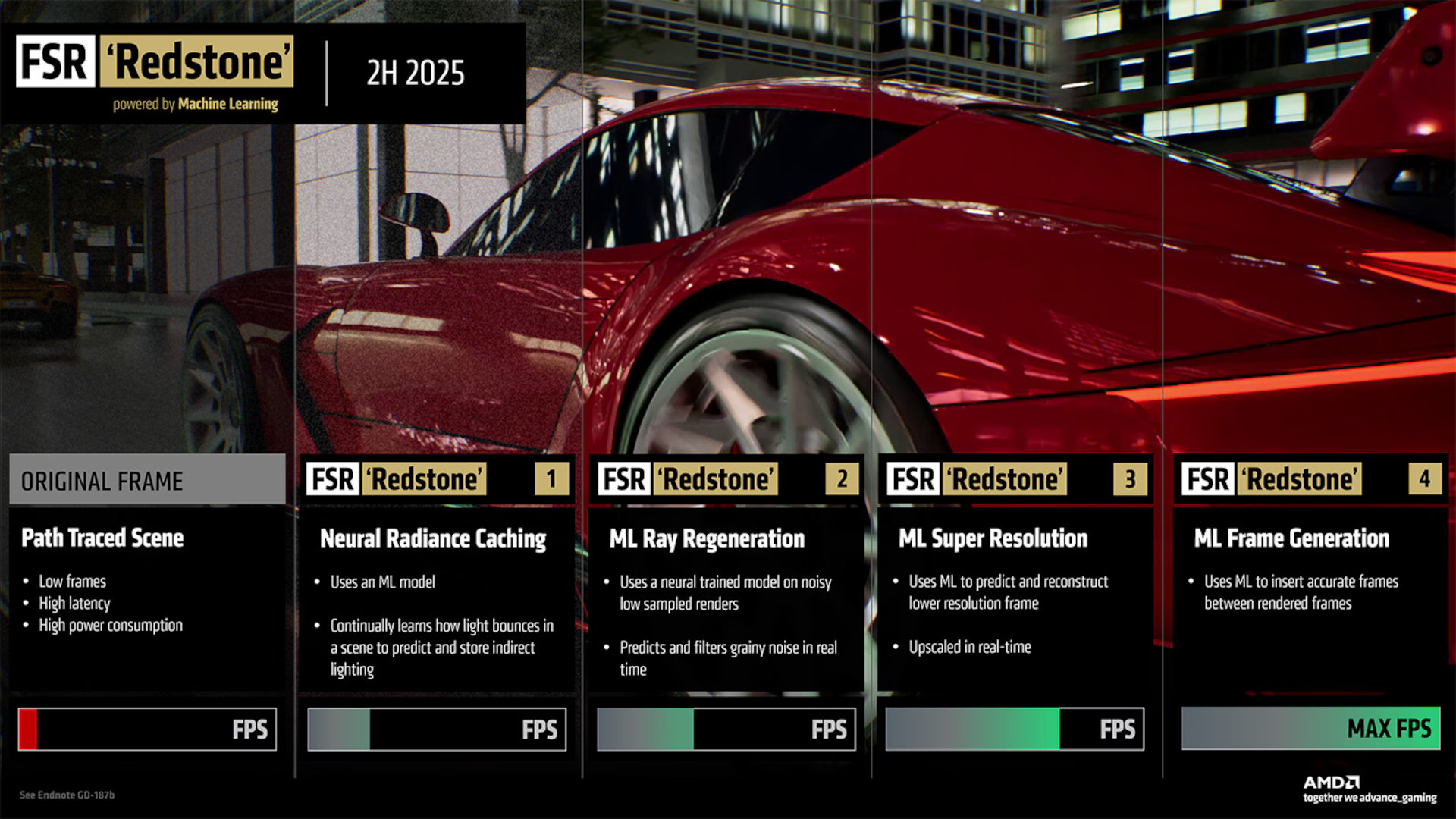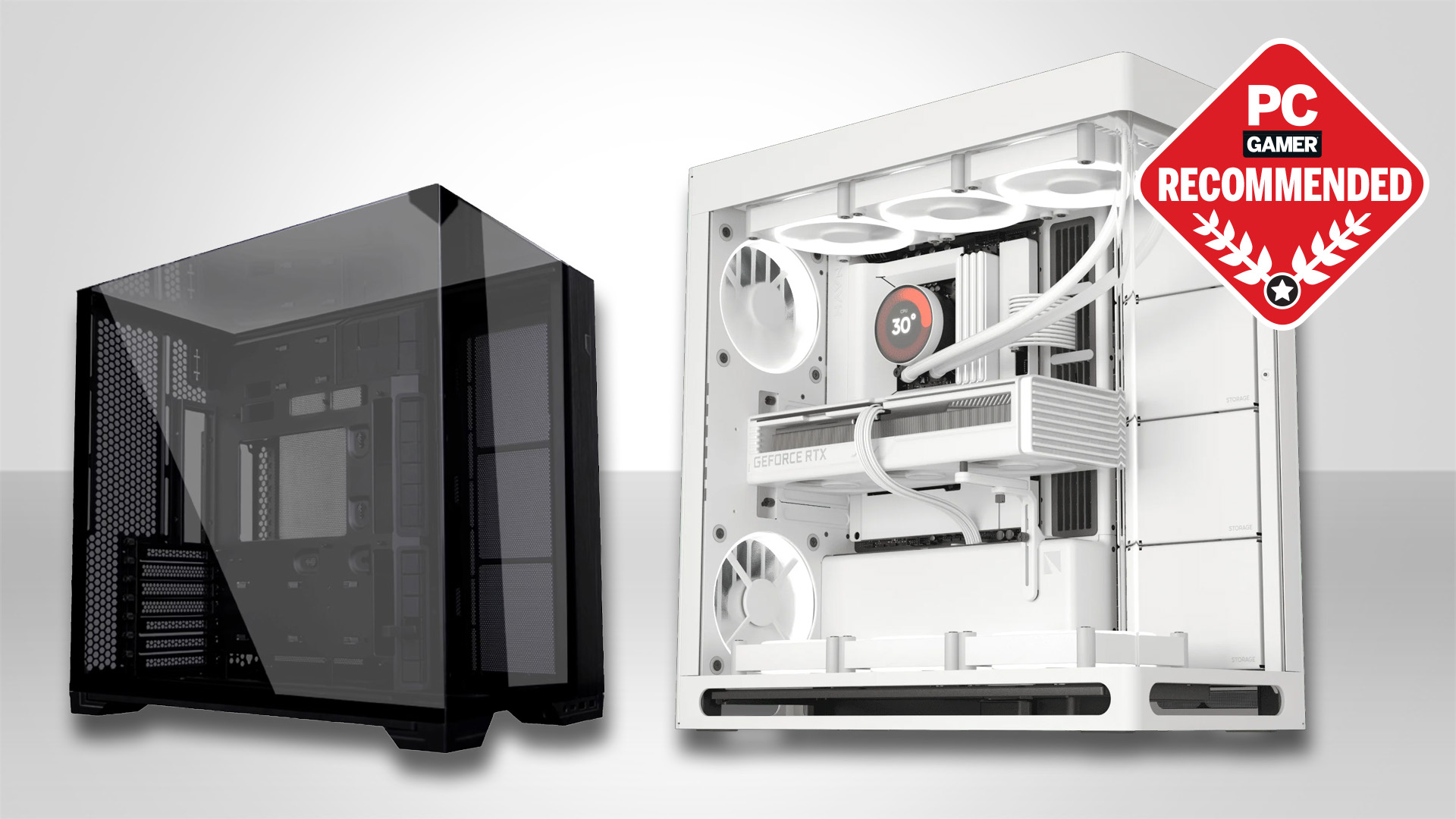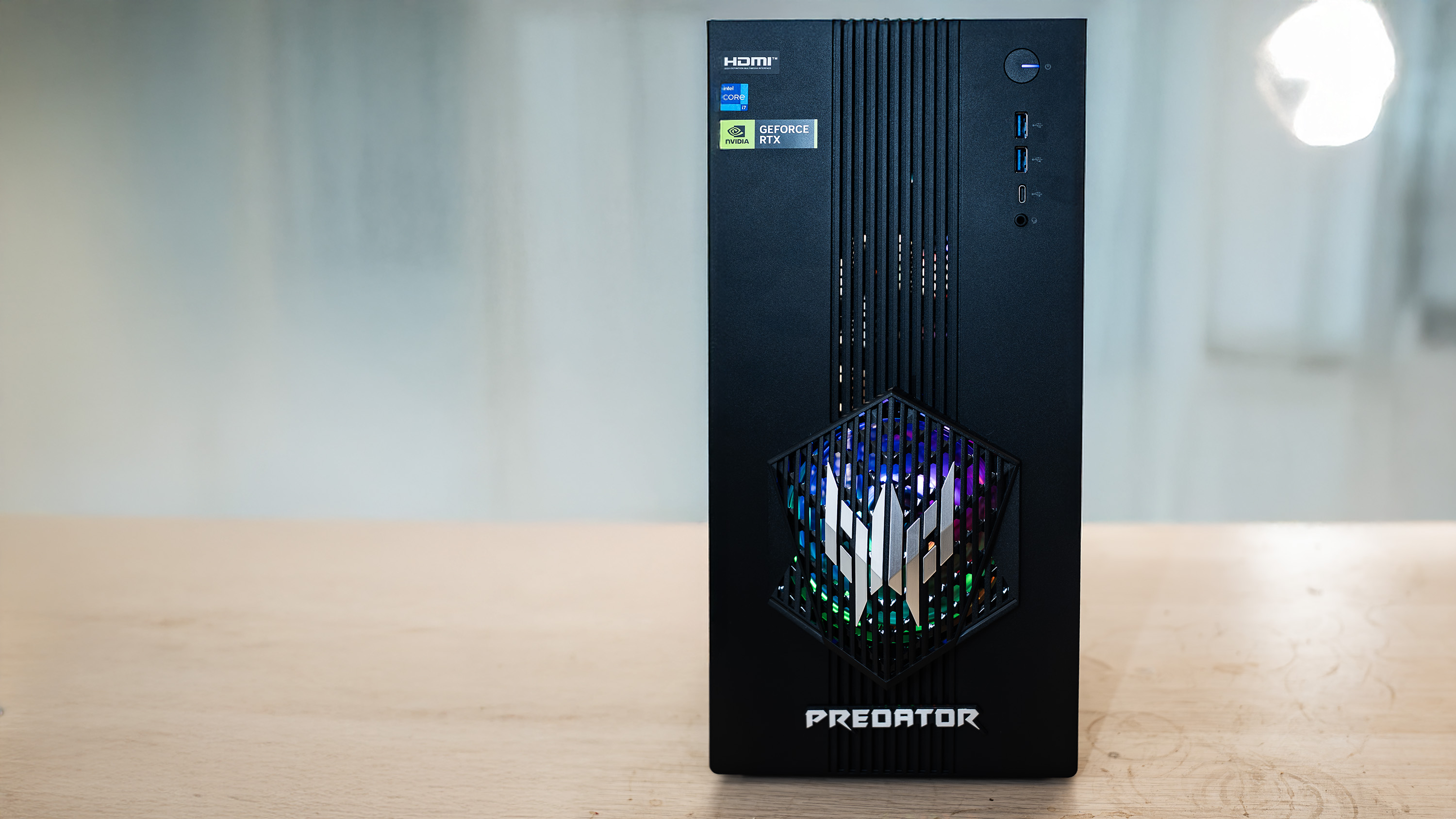AMD accidentally released the source code for FSR 4 before swapping back to the normal SDK, and a glimpse at the libraries suggests it might support older graphics cards in the near future
Butterfingers, perhaps?

Look, we've all made mistakes. One New Year's Eve, I accidentally drunk-texted a relative instead of an ex, and let me tell you, I'm still living that one down. AMD doesn't appear to be immune to the odd 'whoopsie daisy' either, as it appears it's accidentally released the source code for FSR 4 on GitHub before switching it to the regular SDK, and it's made for some interesting reading.
Videocardz managed to grab a screenshot of some of the file directories, which appears to show libraries for INT8 shaders, suggesting that it was originally designed for (or perhaps, will be supported in future by) older graphics cards. It's difficult to know for sure, but what we do know is that releasing the code was a mistake, as AMD has since replaced it with the normal SDK release.
Keen-eyed redditors also noticed the error, delving through the codebase and finding clauses for swapping to INT8 shaders instead of using the FP8 versions supported by the new AI accelerators found on RX 9000-series RDNA 4 cards.
FSR 4 is the first machine learning-based version of AMD's upscaling tech, replacing the compute-based versions of old, and thereby requires dedicated hardware in the new cards in order to deliver better image quality, less ghosting, and improved temporal stability over previous iterations. That being said, it's possible that AMD has been busy behind the scenes optimising a version for older GPUs, which would be good news for those of you running something like the still-performant RX 7800 XT.
Or, it could simply be the case that FSR 4 was at some point being tested on older hardware, before the addition of updated AI-crunching additions to the new cards made it something of a moot point. Regardless, I doubt AMD is happy about the mix-up, as either way it's a peek behind the curtain at features that once were, or a glimpse into the future at support that might be.
The eventual AMD FidelityFX SDK 2.0.0 we've ended up with, though, has a list of fixes for updated effects over previous versions, and of course, FSR 4 itself, now at version 4.0.2.
We're still awaiting the release of the biggest update since FSR 4's announcement, codenamed Redstone. It's said to add Neural Radiance Caching to enhance the prediction of indirect lighting, along with machine learning-enhanced ray regeneration, and a whole new model for its frame generation tech, which will hopefully bring it closer in parity to Nvidia's Frame Generation tech in image quality.
Keep up to date with the most important stories and the best deals, as picked by the PC Gamer team.
And who knows, perhaps there'll be a big announcement about expanding GPU support, too? It's not something I was expecting before this recent leak, but now I'd say it was more likely than ever, at the very least. And let's collectively pour one out for whoever accidentally committed the source code. That's a bad Wednesday afternoon, I reckon.

1. Best overall: AMD Radeon RX 9070
2. Best value: AMD Radeon RX 9060 XT 16 GB
3. Best budget: Intel Arc B570
4. Best mid-range: Nvidia GeForce RTX 5070 Ti
5. Best high-end: Nvidia GeForce RTX 5090

Andy built his first gaming PC at the tender age of 12, when IDE cables were a thing and high resolution wasn't—and he hasn't stopped since. Now working as a hardware writer for PC Gamer, Andy spends his time jumping around the world attending product launches and trade shows, all the while reviewing every bit of PC gaming hardware he can get his hands on. You name it, if it's interesting hardware he'll write words about it, with opinions and everything.
You must confirm your public display name before commenting
Please logout and then login again, you will then be prompted to enter your display name.


